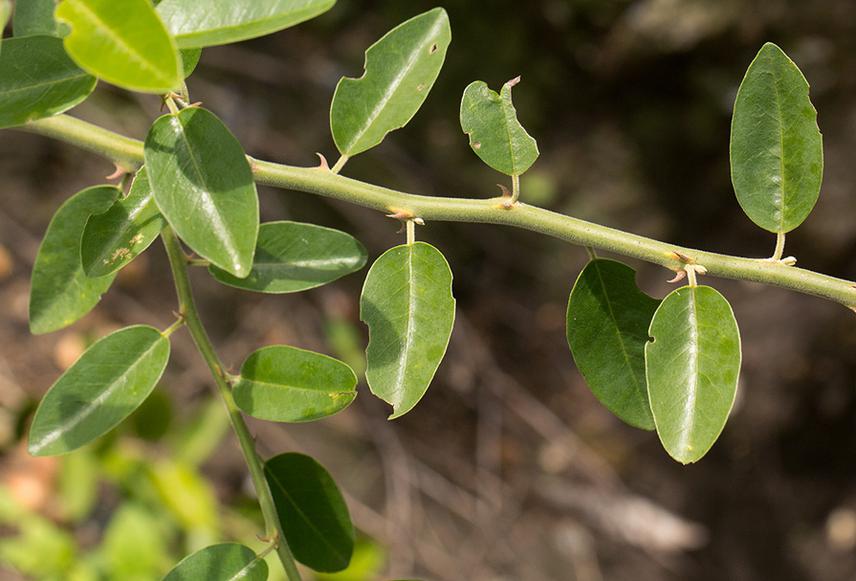Social media video featuring the project.
Preparation of a traditional medicine.
20 Apr 2022 Sultan Hamud, Kenya, Africa Communities | Biodiversity | Plants
The dry lands of Kenya are endowed with rich diversity of medicinal plants. However, majority are threatened by vegetation clearance for crop cultivation and infrastructure development, largely fueled by the general perception that dry lands are ‘waste lands’, ‘ignorant’ of their biodiversity potential and importance to humans. Documented biodiversity potential supports conservation efforts in a locality. This work seeks to document the medicinal value of four dry land upland forests in Eastern Kenya, gather scientific evidence to support conservation campaigns, conduct in situ conservation and establish medicinal plant gardens in the project sites, in collaboration with the local communities.

A twig of Capparis tomentosa Lam.
This work is geared to conserve threatened plant species within Makueni’s dry land hilltop forests through exposing their medicinal potential (using data collected from traditional healers and traditional medicine data) as anchor/evidence for awareness creation among the locals and initiate medicinal plants propagation. To gather supporting evidence, five threatened medicinal plants (Capparis tomentosa - snakebite, pneumonia and infertility; Fuerstia africana - malaria, high blood pressure; Terminalia browni - diabetes, tuberculosis, eye problems etc; Maytenus putterlickoides - stomachache and pneumonia; and Dorstenia arachniformis - spiritual cleansing), have been selected for investigation and conservation. Firstly, herbal medicine specialists will be interviewed, using prepared questionnaires, to document the medicinal plants in the area (including diseases treated, parts used and preparation methods), while field surveys will be conducted to assess the distribution and document threats facing the plants in the wild. Data from the personal interviews, and field surveys, will be analyzed and prepared into simple presentable formats and used to support the advocacy for dry lands biodiversity conservation, with special emphasis on the medicinal plants facing threats. The advocacy and awareness campaigns will culminate in the establishment of two nurseries, a medicinal plant garden and conserved these species in situ in the selected dry land hilltop forests (Nzaui, Nzueni, Kenze, and Kiou forests). The nurseries will be used to propagate the key medicinal species which will help us establish the medicinal garden and achieve in situ conservation.
Header: Dorstenia arachniformis © Itambo Malombe.
Social media video featuring the project.
Preparation of a traditional medicine.